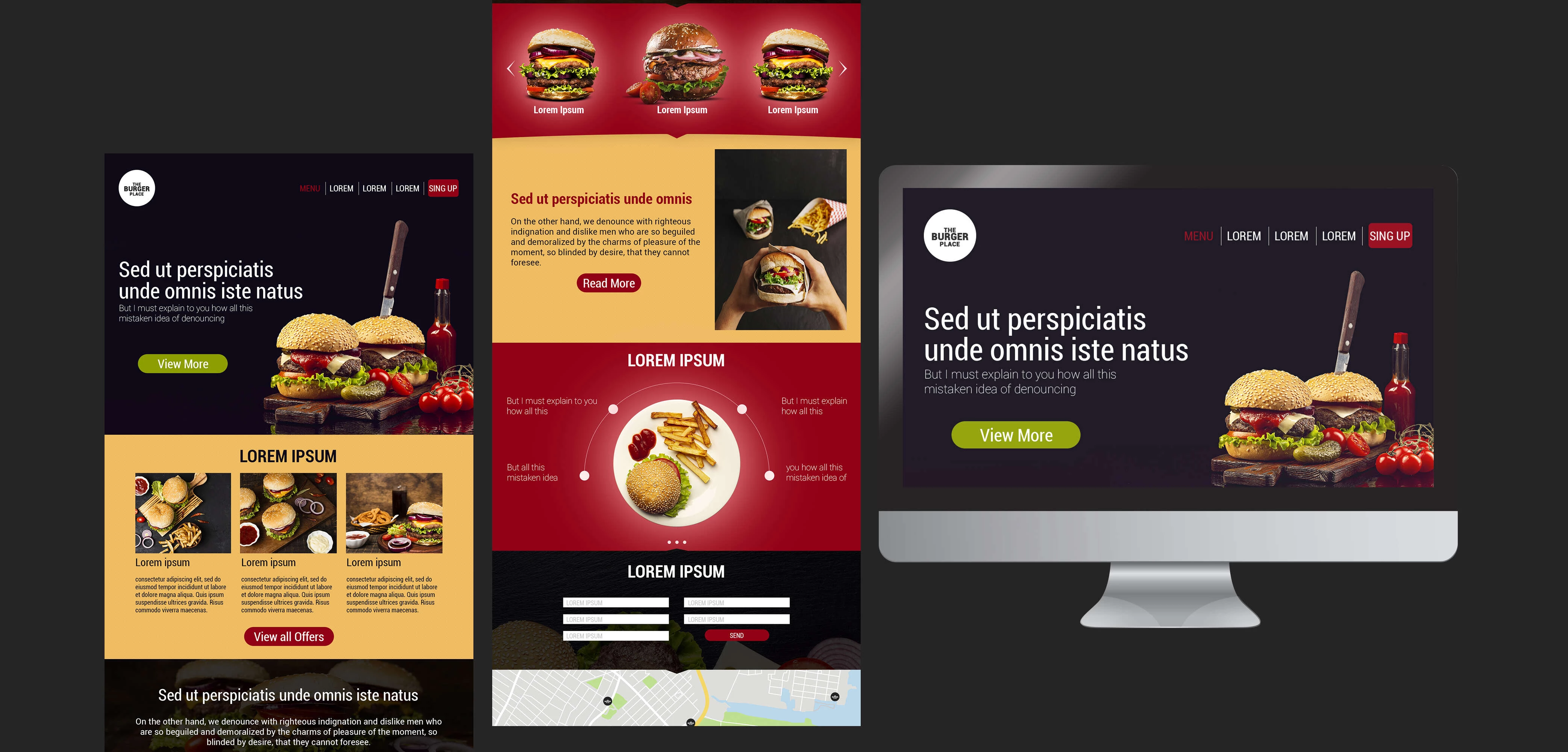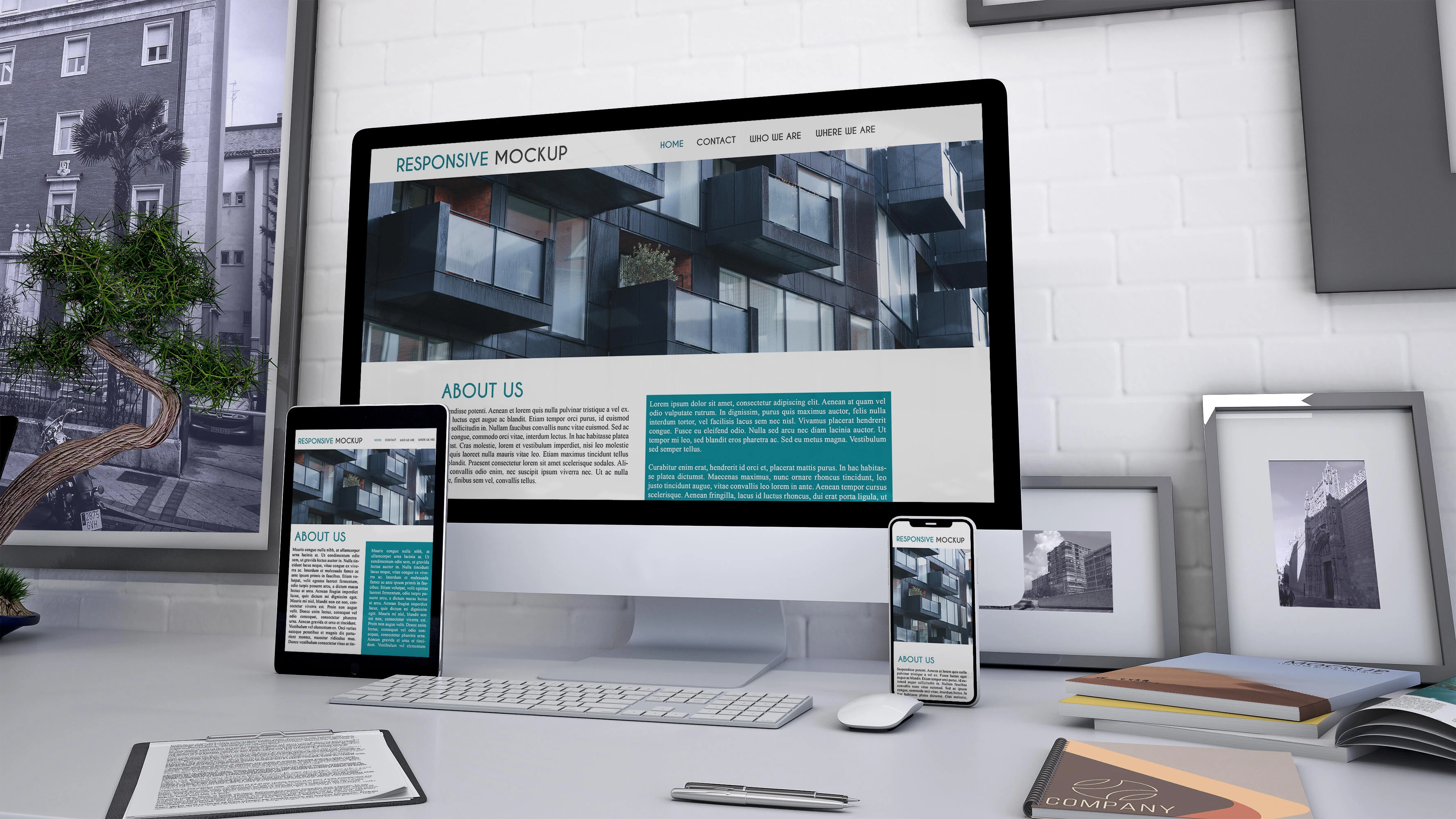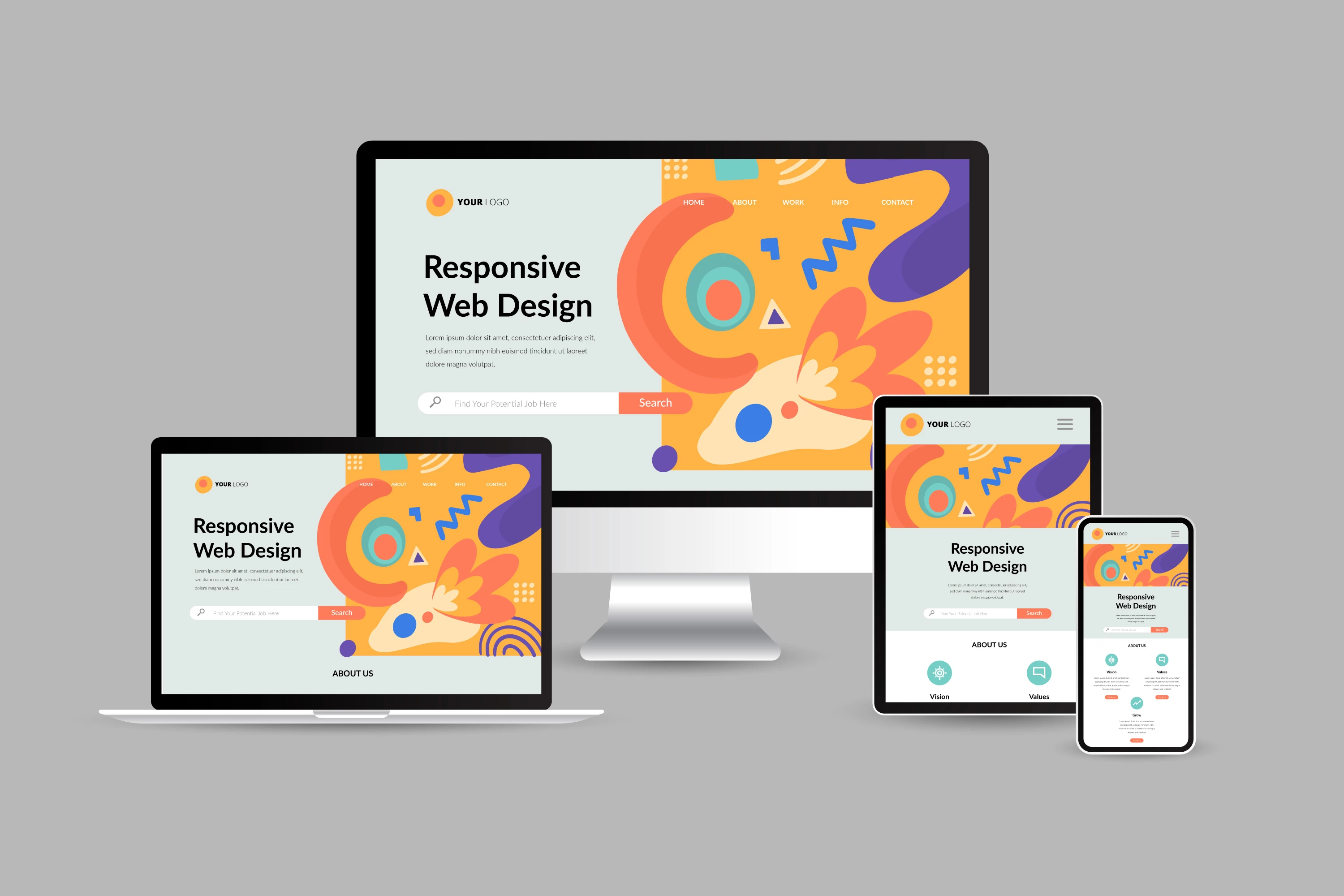8 Key elements to create The Best Restaurant Website Design
5 mins | Nov 17, 2023

Table Of Content
2. 8 Key elements to create the best restaurant website design for your establishment
Imagine this: A potential customer is searching for a place to eat in your city. They pull out their smartphone, type a few keywords into a search engine, and start scrolling through the results. Your restaurant's website appears in the list, and they click on it. What happens next can make all the difference between gaining a new customer and losing a potential sale
Introduction
In today's digital age, the online presence of a restaurant is just as important as the quality of its cuisine. With an increasing number of diners relying on the internet to find new dining experiences, a well-designed restaurant website has become an essential ingredient for success in the food industry. In this blog, we'll explore the key elements of the best restaurant website design, offering you a recipe for a mouthwatering online experience that will leave your customers hungry for more.
The best restaurant websites go beyond a simple online presence; they create an immersive and informative experience that reflects the atmosphere and personality of the establishment. So, what does it take to design a restaurant website that stands out in the digital crowd? Let's dive into the key ingredients.
8 Key elements to create the best restaurant website design for your establishment:
1. Aesthetic Appeal
The visual aspect of your website is crucial. A well-thought-out design should be aesthetically pleasing, align with your restaurant's brand, and engage visitors. Here are some tips for achieving an attractive design:
Color Palette: Use a color scheme that complements your restaurant's theme and evokes the right emotions. For instance, warm colors like red and orange can create a cozy atmosphere, while cool colors like blue and green may convey a more tranquil vibe.
High-Quality Imagery: Invest in professional photography to showcase your dishes, interior, and staff. High-quality images can whet the appetite and give potential diners a taste of what to expect.
Typography: Choose readable fonts that match your brand's personality. Classic, elegant restaurants might opt for serif fonts, while casual dining establishments could go for a more relaxed and modern typeface.
Whitespace: Use whitespace strategically to create a clean and uncluttered design. It allows visitors to focus on the content and images without feeling overwhelmed.
Consistency: Ensure consistency in design elements throughout your website. This includes using the same fonts, colors, and design patterns.
2. User-Friendly Navigation
A beautiful website is not enough if it's hard to navigate. Users should be able to find the information they need quickly and easily. Here's how to create user-friendly navigation:
Clear Menu Structure: Organize your website into logical sections, such as Home, Menu, Reservations, About Us, Contact, and Blog. Use clear and concise labels for these sections.
Intuitive Menu Layout: The menu should be easy to access and understand. Consider a sticky navigation bar or a visible menu button to make navigation effortless.
Mobile Responsiveness: With the increasing use of smartphones, your website must be mobile-friendly. Ensure that the design adapts well to different screen sizes.
Call-to-Action Buttons: Include prominent buttons for essential actions, such as making a reservation, ordering online, or signing up for newsletters.
Search Functionality: Implement a search bar, especially if you have an extensive menu or blog. This helps users find specific items or articles quickly.
3. High-Quality Content
Content is king, and in the context of a restaurant website, it can make or break the user experience. Here are some content-related tips:
Engaging Copy: Write compelling, informative, and concise content. Describe your dishes and restaurant in a way that entices the reader.
Storytelling: Share the story behind your restaurant, its origins, and the people who make it special. Personal anecdotes can create a connection with customers.
Menu Details: Provide detailed descriptions of your dishes, including ingredients, preparation methods, and any special dietary considerations.
Regularly Updated Blog: Maintaining a blog with fresh and relevant content not only provides value to your customers but also improves your website's SEO.
Visual Content: Use images and videos strategically to showcase your dishes, restaurant ambiance, and customer experiences. Don't forget alt text for accessibility.
4. Online Reservations and Orders
Incorporating online reservation and ordering systems can significantly enhance your website's functionality. Here's how to do it right:
Reservation Integration: Use reservation widgets that allow customers to book a table directly from your website. Make the process as straightforward as possible.
Online Ordering: If your restaurant offers delivery or takeout, implement an online ordering system. It should be easy to use, with clear menus, customization options, and payment processing.
Confirmations and Notifications: Send email or SMS confirmations for reservations and orders. These notifications can also be a marketing opportunity to promote special offers.
Feedback Collection: After a dine-in or delivery experience, ask customers for feedback. You can use this information to improve your services.
5. Contact Information and Location
Customers should have no trouble finding your restaurant's physical location and contact details. Ensure the following:
Contact Page: Create a dedicated contact page with a contact form, phone number, email address, and links to your social media profiles.
Interactive Map: Embed an interactive map with your restaurant's location. Make sure the map is accurate and up-to-date.
Operating Hours: Clearly state your restaurant's opening and closing hours, including any special holiday hours.
6. Reviews and Testimonials
Customer reviews and testimonials can build trust and credibility. Here's how to incorporate them effectively:
Review Widgets: Display reviews from popular platforms like Yelp, Google, or TripAdvisor on your website. This provides social proof of your restaurant's quality.
Customer Stories: Share success stories or testimonials from loyal customers who have had memorable experiences at your restaurant.
Response to Reviews: Show that you value customer feedback by responding to reviews, both positive and negative, on your website.
7. Accessibility and Speed
A restaurant website should be accessible to all users and load quickly. Consider the following:
Accessibility Features: Ensure that your website is accessible to people with disabilities. Use alt text for images, provide transcripts for videos, and offer resizable fonts.
Loading Speed: Optimize your website for fast loading times. Compress images, minimize code, and use content delivery networks (CDNs) if necessary.
8. Social Media Integration
Leverage social media to extend your online presence. Integrate your social media profiles into your website by:
Social Icons: Include easily recognizable social media icons that link to your profiles. This encourages visitors to follow you on platforms like Facebook, Instagram, and Twitter.
Share Buttons: Add social share buttons to your blog posts and other shareable content, allowing users to spread the word about your restaurant.
Conclusion
A well-designed restaurant website is a digital storefront for your dining establishment. It should entice visitors with appealing visuals, provide an easy-to-navigate experience, and offer the information they need to make a reservation or place an order. In an increasingly competitive industry, your website can be the key to attracting new customers and retaining loyal ones.
By focusing on the essential elements of restaurant website design outlined in this blog, you'll be well on your way to creating a digital presence that complements the culinary delights you serve in your restaurant. Just like a perfectly crafted dish, a well-designed website is an art in itself, and it can leave a lasting impression on your customers, making them hungry for more.
Author

Share
Share
Related

7 Reasons Why Responsive Web Design Is Important & Why You Should Embrace It
6 mins : May 14, 2022

Everything You Should Know About The Ideal Screen Size For Responsive Design
6 mins : Apr 26, 2024

The Key Role of Web Design in Modern Business Success
5 mins : Aug 28, 2023
Other Articles

Mastering the Art of Interactive Web Design: Expert Tips and Tricks
5 mins : Oct 23, 2023

The Future Of Responsive Web Design: Emerging Trends, Innovations And Predictions In 2025
7 mins : Apr 23, 2024

Top 7 Website Designs for Schools in 2025
4 mins : Nov 28, 2023
